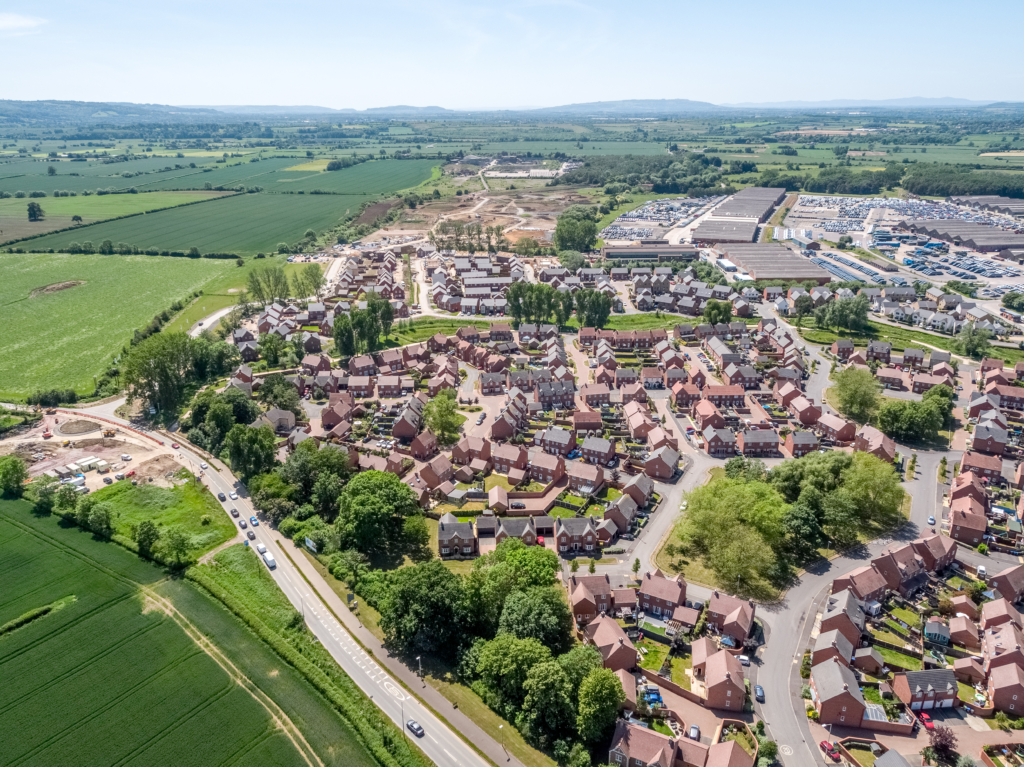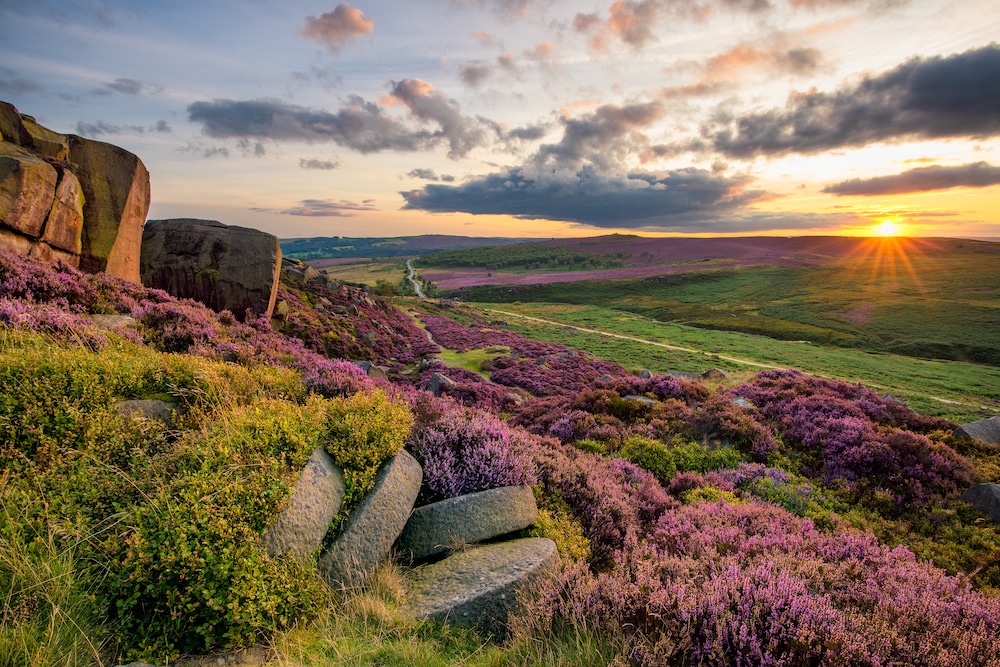The importance of involving a landscape architect when designing Biodiversity Net Gain proposals
1 May 2024
1 May 2024
Sure, you’ve heard about ‘Biodiversity Net Gain’ (BNG) – but have you heard why getting a landscape architect involved when designing BNG proposals is a really good idea? And no, we’re not just saying this as landscape planners ourselves…
Read on to discover why engaging a landscape architect to work alongside ecologists on Biodiversity Net Gain is a really good idea.

As landscape professionals, we are required within the Landscape Institute Royal Charter to ‘protect, conserve and enhance the natural and built environment for the benefit of the public’. The balance between the natural and built environment – nature and people – can be challenging and is widely debated.
BNG seeks to tip the scale in nature’s favour, ensuring that new development results in more or better-quality natural habitat than there was before.
To ensure that habitats for wildlife are left in a measurably better state than they were before development.
And that’s not always as simple as it sounds…
There are a few dangers of ‘designing by metric’ to achieve BNG – one of which is that the creation of places for people gets lost.
Places for people doesn’t have to mean sterile close-mown lawns, expensive floral displays and manicured flower beds… In the same vein, places for wildlife doesn’t have to mean muddy patches of wildflower, clambering impenetrable bramble and blocks of scruffy native scrub. It’s all about the balance.
Designing places for people and wildlife can mean a mix of wildflower and grassland meadows, drifts of mixed shrub borders and a more relaxed management regime that allows for balance.
But what is a landscape architect’s role in this?
Engaging a landscape architect who has the knowledge, expertise and drive to create places for both people and wildlife is imperative to this process. Engaging a landscape architect who is also well-versed in working alongside ecologists to achieve a favourable result adds efficiency.
And isn’t collaboration how we create the best designs…?
Another danger of ‘designing by metric’ is geographical relevance. What happens if we end up with a landscape that doesn’t respond to its place, that is replicated up and down the Country, and that we lose what makes a landscape ‘special’ or ‘different’? We love the versatility of the rolling, British landscapes and work with clients to navigate these in a way that complements what is there, rather than just ticking a box.

Landscape Character Assessment is a tool that can be used to identify what makes one place different from another. It identifies and explains the unique combination of elements and features that make landscapes distinctive. It does this by mapping and describing character types and areas. Landscape architects are well-placed to interrogate and analyse this data and feedback on how this translates into scheme design.
In understanding what elements and features are characteristic of a landscape (and conversely which ones are not) landscape architects can ensure that BNG proposals ‘fit’ within their receiving landscape, to retain what makes that landscape unique.
In a nutshell, engaging a landscape architect to work alongside ecologists on Biodiversity Net Gain is a really good idea. With a goal of protecting, conserving and enhancing the environment alongside creation of places for both people and wildlife that responds to the receiving landscape, we can ensure that a measurably better outcome is received in all respects.
Creating a BNG proposal and need some support? Reach out to hello@tylergrange.co.uk for a chat about how we can work together.